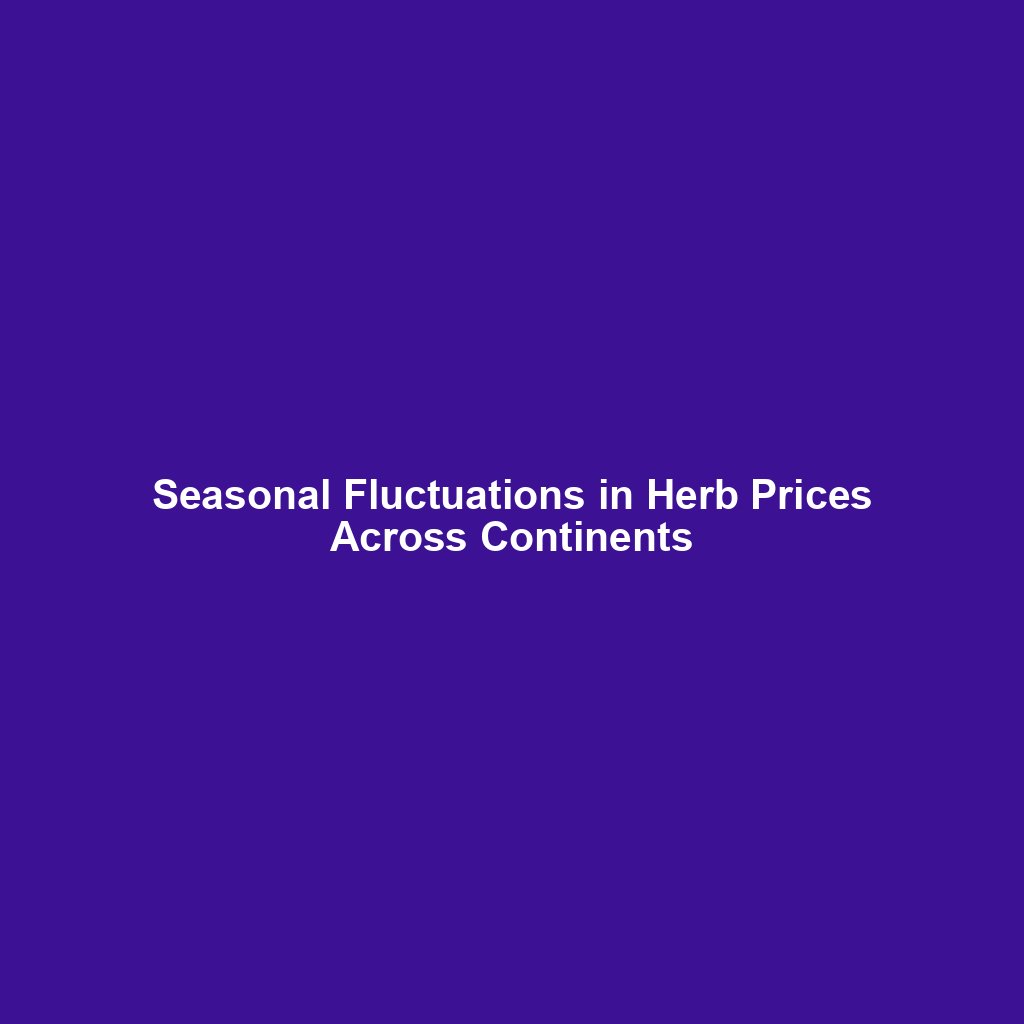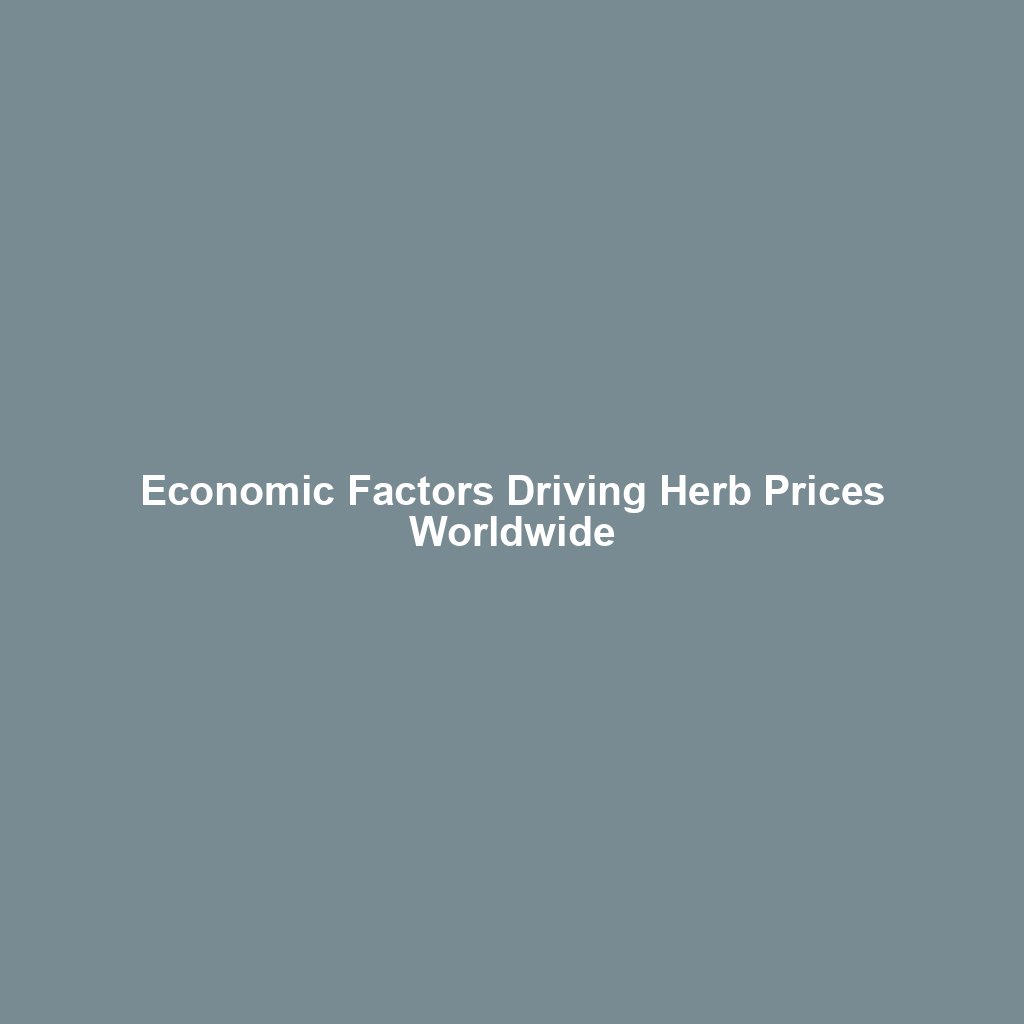
Agriculture and agricultural price analysis are critical components of the global economy, influencing food security, trade, and the livelihoods of billions of people worldwide. As the backbone of many economies, agriculture not only provides essential food and raw materials but also plays a significant role in shaping economic policies and development strategies. Understanding the dynamics of agricultural prices is crucial for stakeholders, including farmers, policymakers, traders, and consumers, as it affects decision-making processes and economic stability.
The Importance of Agriculture in the Global Economy
Agriculture is a vital sector that contributes significantly to the global economy. It is the primary source of food, fiber, and raw materials, supporting the livelihoods of over a billion people worldwide. In many developing countries, agriculture accounts for a substantial portion of GDP and employment, making it a key driver of economic growth and poverty reduction.
The agricultural sector is diverse, encompassing a wide range of activities, from crop production and livestock farming to forestry and fisheries. This diversity is reflected in the variety of products and services it provides, which are essential for human survival and well-being. Moreover, agriculture is closely linked to other sectors, such as manufacturing and services, through supply chains and value-added processes.
In addition to its economic contributions, agriculture plays a crucial role in environmental sustainability. It is responsible for managing vast areas of land and natural resources, influencing biodiversity, water cycles, and climate change. Sustainable agricultural practices are essential for preserving ecosystems and ensuring the long-term viability of food production systems.
Factors Influencing Agricultural Prices
Agricultural prices are influenced by a complex interplay of factors, including supply and demand dynamics, weather conditions, government policies, and global market trends. Understanding these factors is essential for effective agricultural price analysis and decision-making.
Supply and Demand Dynamics
The fundamental principle of supply and demand is a primary driver of agricultural prices. When the supply of a particular agricultural product exceeds demand, prices tend to fall, and vice versa. Several factors can affect supply and demand, including population growth, income levels, dietary preferences, and technological advancements.
Population growth and rising incomes in developing countries have led to increased demand for food and agricultural products. As people become wealthier, their dietary preferences often shift towards more diverse and protein-rich foods, such as meat and dairy products. This change in consumption patterns can drive up demand for certain agricultural commodities, affecting their prices.
On the supply side, technological advancements in agriculture, such as improved crop varieties, mechanization, and precision farming, have increased productivity and efficiency. These innovations can help stabilize supply and mitigate the impact of adverse weather conditions on agricultural production.
Weather and Climate Conditions
Weather and climate conditions are significant determinants of agricultural production and prices. Unfavorable weather events, such as droughts, floods, and storms, can disrupt agricultural activities, leading to reduced yields and higher prices. Climate change is expected to exacerbate these challenges, with more frequent and severe weather events posing risks to global food security.
Farmers and policymakers must adapt to changing climate conditions by implementing resilient agricultural practices and investing in climate-smart technologies. These measures can help mitigate the impact of climate change on agricultural production and stabilize prices.
Government Policies and Trade Regulations
Government policies and trade regulations play a crucial role in shaping agricultural prices. Policies such as subsidies, tariffs, and import/export restrictions can influence the competitiveness of agricultural products in domestic and international markets.
Subsidies and support programs can help stabilize agricultural prices by providing financial assistance to farmers during periods of low prices or adverse weather conditions. However, these policies can also distort market signals and lead to overproduction or underproduction of certain commodities.
Trade regulations, such as tariffs and quotas, can affect the flow of agricultural products across borders, influencing prices and market access. Trade agreements and negotiations are essential for promoting fair and open markets, ensuring that agricultural products can reach consumers efficiently and affordably.
Methods of Agricultural Price Analysis
Agricultural price analysis involves the use of various methods and tools to understand and predict price movements. These methods can be broadly categorized into qualitative and quantitative approaches, each offering unique insights into the factors driving agricultural prices.
Qualitative Analysis
Qualitative analysis involves the examination of non-numerical data and information to understand the underlying factors influencing agricultural prices. This approach often includes the analysis of market reports, news articles, expert opinions, and policy documents to identify trends and patterns in the agricultural sector.
Qualitative analysis can provide valuable context and insights into the broader economic, social, and political factors affecting agricultural prices. It can help identify emerging trends, such as changes in consumer preferences or shifts in trade policies, that may impact future price movements.
Quantitative Analysis
Quantitative analysis involves the use of statistical and mathematical models to analyze numerical data and predict agricultural price movements. This approach often includes the use of time series analysis, econometric models, and machine learning techniques to identify patterns and relationships in historical price data.
Time series analysis is a common method used in agricultural price analysis, as it allows for the examination of price trends and cycles over time. Econometric models can help identify the causal relationships between different variables, such as supply and demand factors, and their impact on prices.
Machine learning techniques, such as neural networks and decision trees, are increasingly being used in agricultural price analysis to improve the accuracy of price predictions. These techniques can handle large and complex datasets, allowing for the identification of non-linear relationships and patterns that may not be apparent through traditional methods.
Challenges and Opportunities in Agricultural Price Analysis
Agricultural price analysis faces several challenges, including data availability, market volatility, and the complexity of global supply chains. However, these challenges also present opportunities for innovation and improvement in the field.
Data Availability and Quality
Access to reliable and timely data is essential for effective agricultural price analysis. However, data availability and quality can vary significantly across regions and commodities, posing challenges for analysts and decision-makers.
Efforts to improve data collection and dissemination, such as the use of remote sensing technologies and digital platforms, can enhance the accuracy and timeliness of agricultural price analysis. These innovations can help bridge data gaps and provide valuable insights into market trends and dynamics.
Market Volatility and Uncertainty
Agricultural markets are inherently volatile, with prices subject to fluctuations due to factors such as weather events, geopolitical tensions, and economic shocks. This volatility can create uncertainty for farmers, traders, and policymakers, making it challenging to predict and manage price movements.
Risk management tools, such as futures contracts and options, can help mitigate the impact of market volatility on agricultural prices. These financial instruments allow stakeholders to hedge against price fluctuations and secure stable income streams.
Complexity of Global Supply Chains
The globalization of agricultural markets has led to the development of complex supply chains, with products often crossing multiple borders before reaching consumers. This complexity can make it challenging to trace the factors influencing agricultural prices and identify potential disruptions.
Technological advancements, such as blockchain and digital traceability systems, offer opportunities to improve transparency and efficiency in global supply chains. These innovations can help stakeholders monitor and manage the flow of agricultural products, reducing the risk of price volatility and ensuring food security.
Conclusion
Agriculture and agricultural price analysis are essential components of the global economy, influencing food security, trade, and economic development. Understanding the factors driving agricultural prices and employing effective analysis methods can help stakeholders make informed decisions and navigate the challenges and opportunities in the agricultural sector.
As the world faces increasing challenges related to climate change, population growth, and resource scarcity, the importance of sustainable and resilient agricultural practices cannot be overstated. By leveraging technological innovations and improving data availability, stakeholders can enhance agricultural price analysis and contribute to a more stable and secure global food system.



